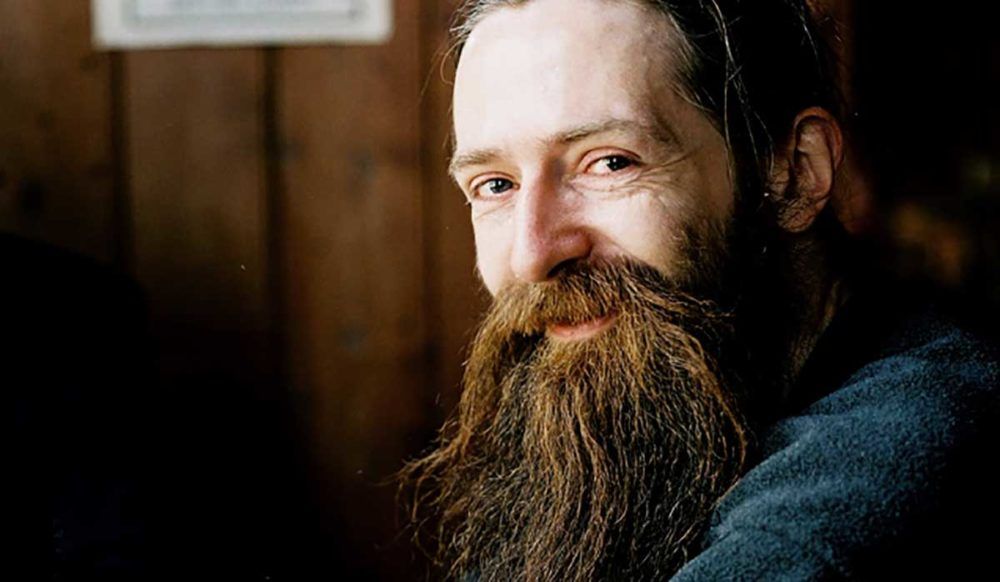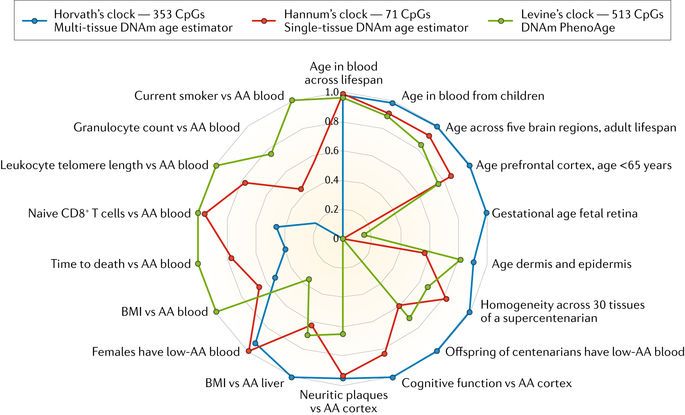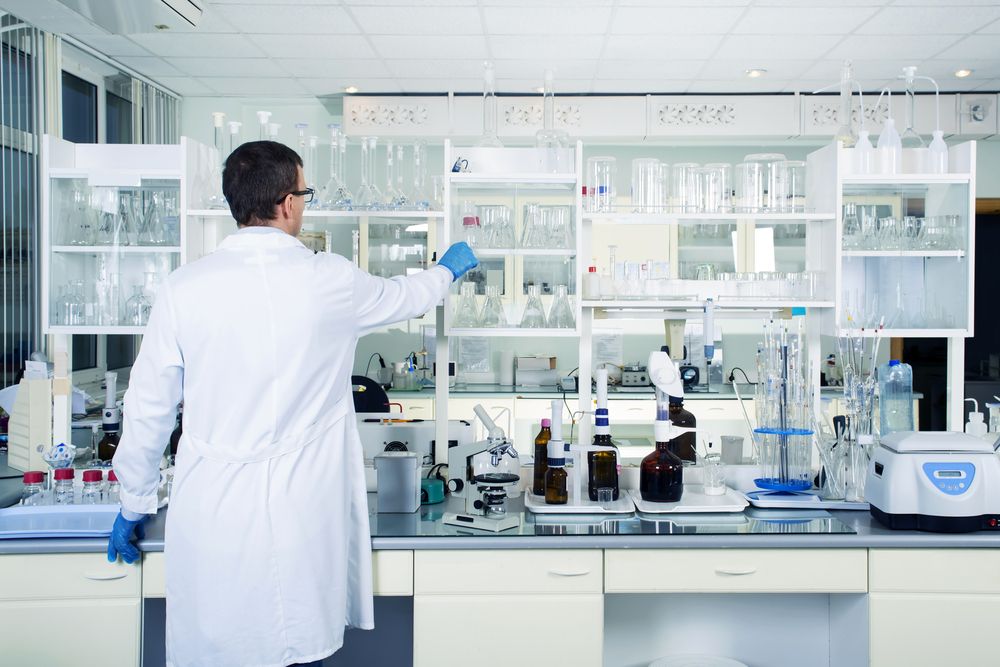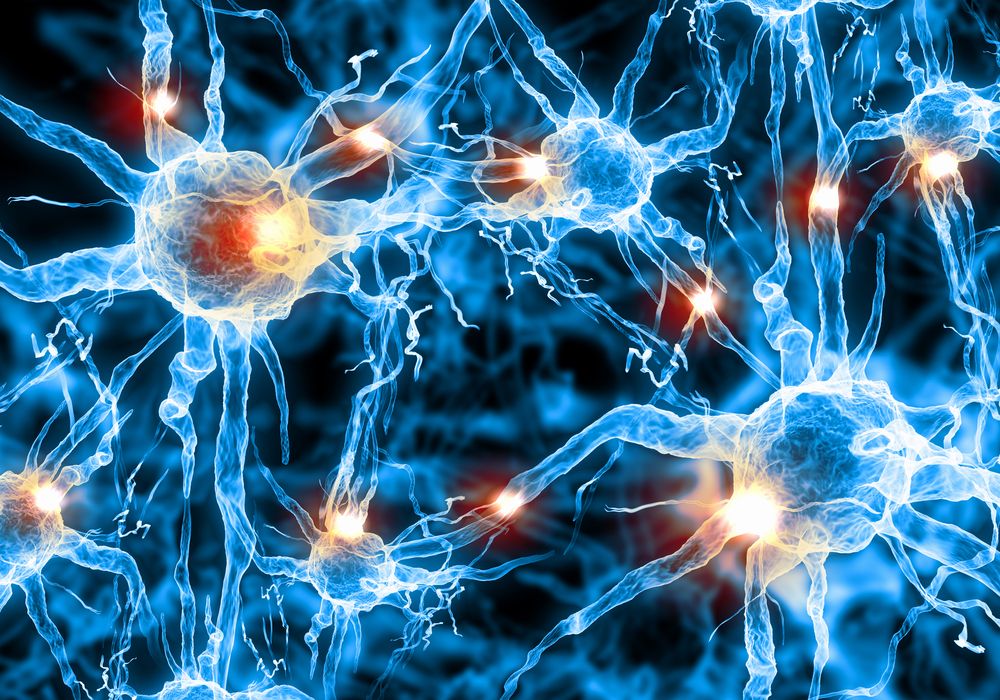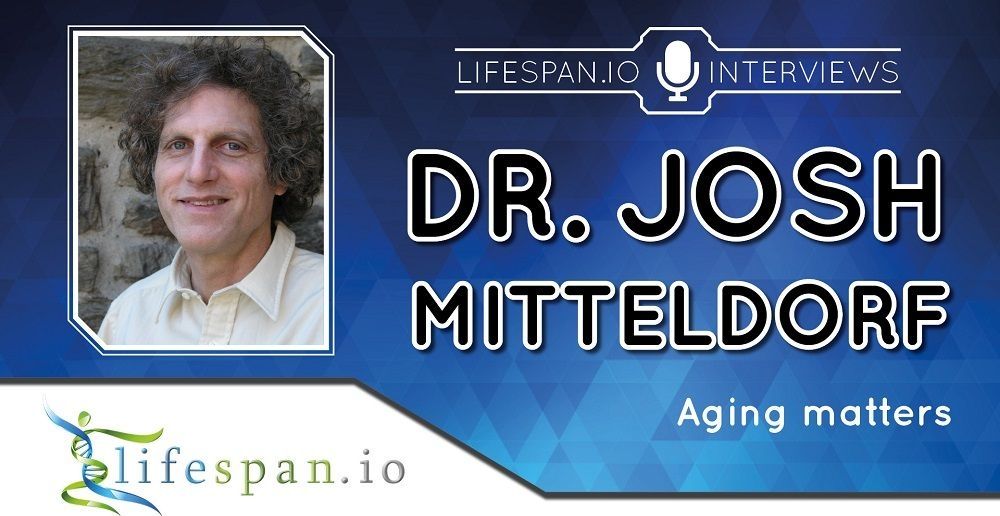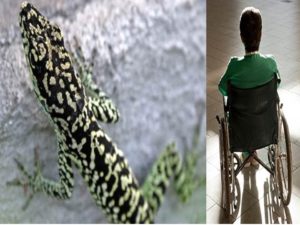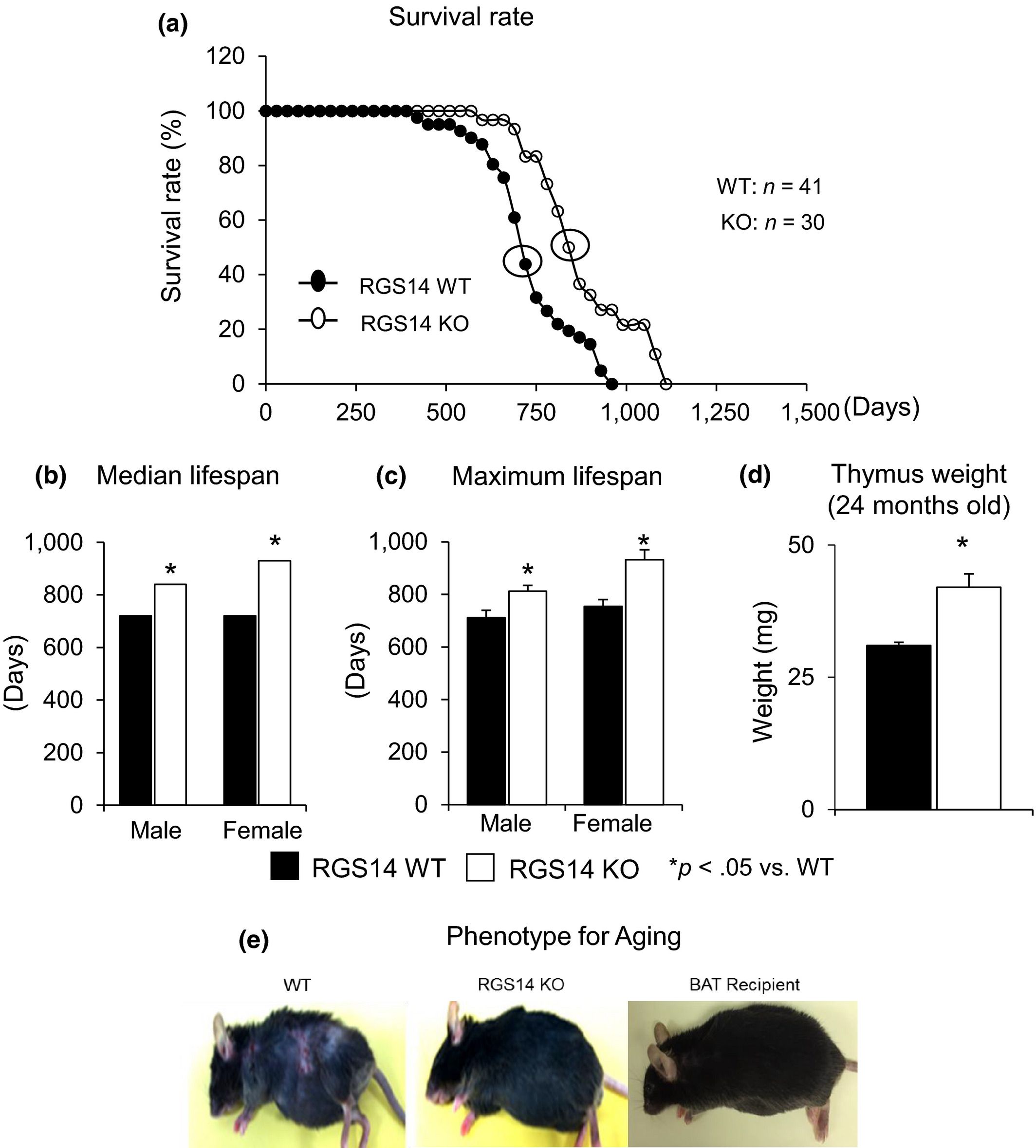Happy birthday to dr. aubrey de grey bigsmile
How many biologists does it take to make nontrivial progress on an unsolved mathematical problem for the first time in nearly 70 years? The answer is one, at least if the biologist is Dr. Aubrey de Grey, the pioneer of the repair approach to aging.
Yes, you read that right. Today, in occasion of Dr. de Grey’s birthday, we’ve decided to take a short break from biology and rejuvenation to tell our readers about the recent scientific achievement of one of the world’s most famous biogerontologists—unexpectedly, but pleasantly so, in the field of mathematics.
The chromatic number of the plane
Don’t worry if mathematics is not really your thing; we’ll keep it simple. Imagine that you have an infinitely large plane, where all points located at distance 1 from one another are connected by a straight line; any number of so-connected points, finitely or infinitely many, is called a graph. Further suppose that, for some reason, you wanted to color each point in such a fashion that no two connected points have the same color. How many different colors would you need to do this for the entire plane?
